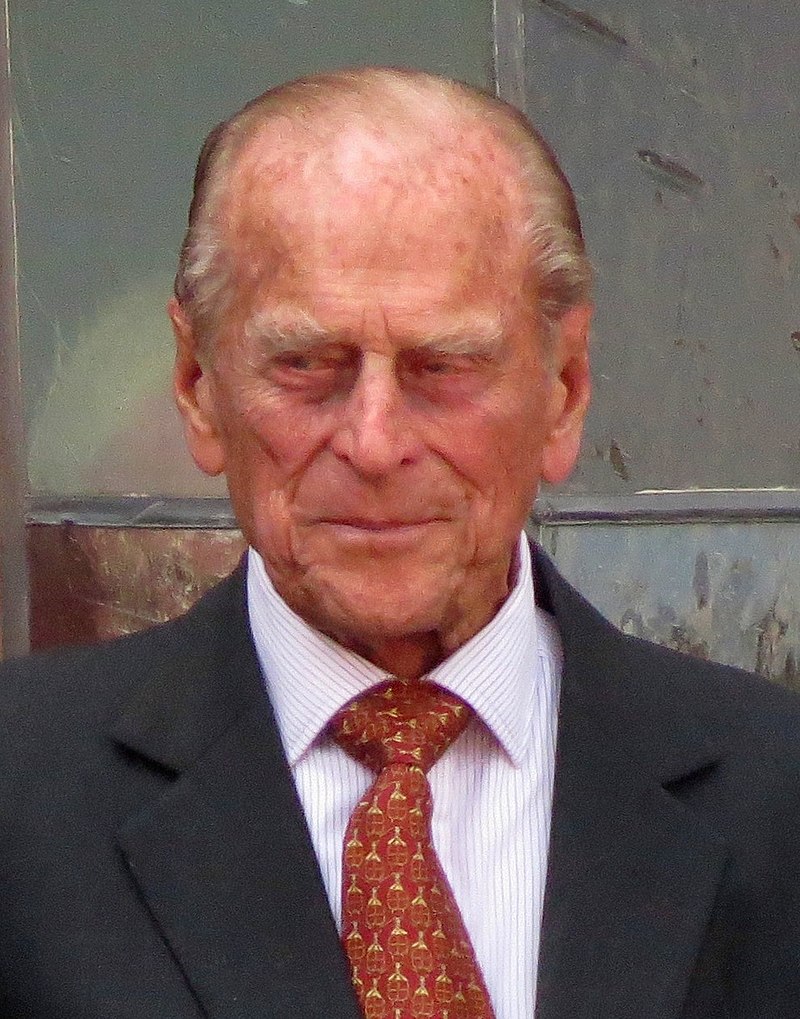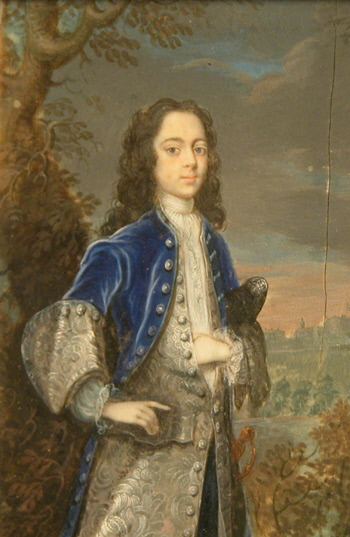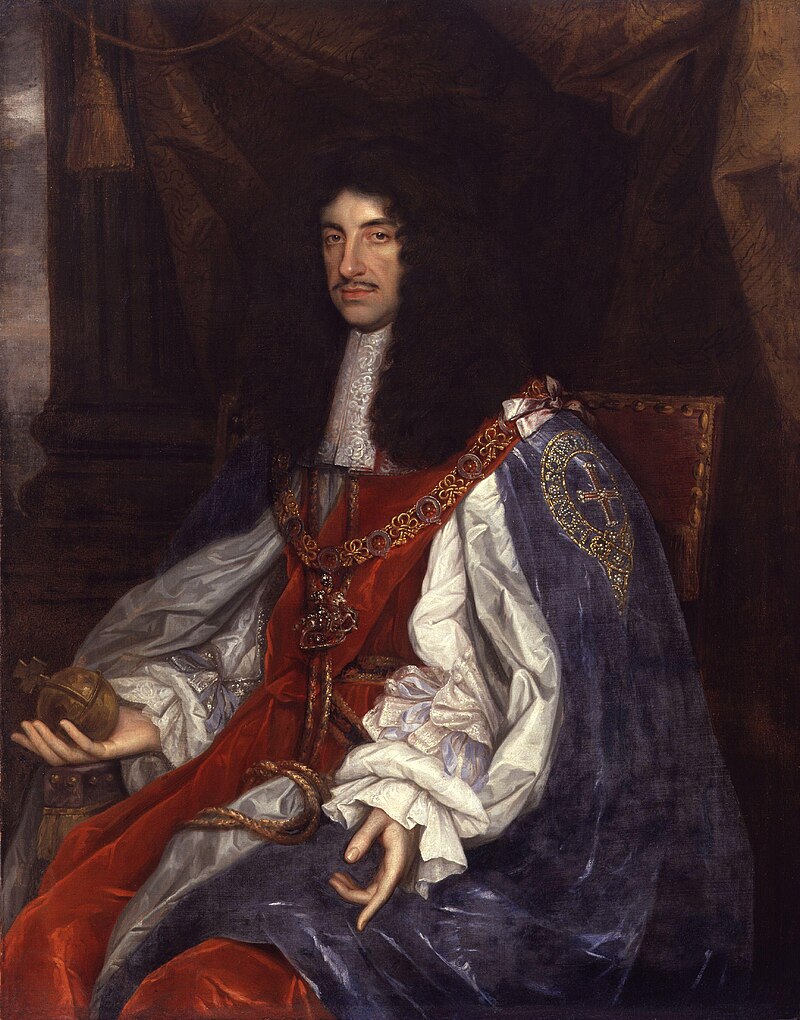© Unofficial Royalty 2024
June 13, 1873 – Birth of Prince Enrico of Bourbon-Parma, Titular Duke of Parma at Wartegg Castle in Rorschach, Switzerland
Prince Enrico of Bourbon-Parma was the titular Duke of Parma from 1907 until he died in 1939. As he was mentally disabled, his younger brother Elia served as regent.
Unofficial Royalty: Prince Enrico of Bourbon-Parma, Titular Duke of Parma
June 13, 1877 – Death of Ludwig III, Grand Duke of Hesse and by Rhine at Schloss Heiligenberg in Seeheim, Grand Duchy of Hesse and by Rhine, now in Hesse, Germany; initially buried in the Landgrave’s Crypt in the Stadtkirche Darmstadt in Darmstadt, Grand Duchy of Hesse and by Rhine, now in Hesse, Germany, in 1910, his coffin was transferred to the Altes Mausoleum at Rosenhohe Park in Darmstadt, Grand Duchy of Hesse and by Rhine, now in Hesse, Germany
After his second marriage to Anna Magdalena Appel, Ludwig III retired from public life, and his eventual successor, his nephew, the future Ludwig IV, largely took over the tasks and business of the Grand Duchy of Hesse and by Rhine. Ludwig III and his second wife lived very quietly at Schloss Braunshardt in Weiterstadt for the remainder of his life.
Unofficial Royalty: Ludwig III, Grand Duke of Hesse and by Rhine
June 13, 1886 – King Ludwig II of Bavaria is found drowned at Lake Starnberg, south of Munich, Kingdom of Bavaria, now in the German state of Bavaria; buried at St. Michael’s Church in Munich, Kingdom of Bavaria, now in the German state of Bavaria
On June 13, 1886, Ludwig went for a walk on the grounds of Berg Castle on Lake Starnberg in Berg, Bavaria, accompanied by Dr. von Gudden and several attendants. Ludwig and his doctor went out again that evening, this time without attendants, but never returned. Several hours later, King Ludwig II’s body was found in the water of Lake Starnberg, along with that of Dr. von Gudden. His death remains a mystery. It was ruled a suicide by drowning, but no water was found in his lungs during an autopsy. One belief is that Ludwig was murdered while trying to escape as he was about to be deposed. Another is that he died of natural causes, possibly due to the extremely cold temperature of the water.
Unofficial Royalty: King Ludwig II of Bavaria
June 13, 1882 – Birth of Grand Duchess Olga Alexandrovna of Russia, daughter of Alexander III, Emperor of All Russia, at Peterhof Palace near St. Petersburg, Russia
The youngest of the six children of Alexander III, Emperor of All Russia and Dagmar of Denmark (Empress Maria Feodorovna), and the sister of Nicholas II, Emperor of All Russia. Olga had a very unsuccessful marriage to her second cousin Duke Peter Alexandrovich of Oldenburg. After waiting years, Olga’s brother Nicholas II finally annulled the marriage and allowed Olga to marry the commoner Nikolai Alexandrovich Kulikovsky, and the couple had two sons. Olga and Nikolai refused to leave Russia after the Russian Revolution. They finally left in 1919 and lived for a period with Olga’s mother in Copenhagen, Denmark. After World War II, the Soviet Union notified the Danish government that Olga was accused of conspiracy against the Soviet government. Because she was fearful of an assassination or kidnap attempt, Olga decided to move her family across the Atlantic to the relative safety of Canada where Olga lived out the rest of her life.
Unofficial Royalty: Grand Duchess Olga Alexandrovna of Russia
June 13, 1900 – Death of Peter II, Grand Duke of Oldenburg at Rastede Castle in Oldenburg, Grand Duchy of Oldenburg now in Lower Saxony, Germany; buried in the Ducal Mausoleum in Saint Gertrude’s Cemetery in Oldenburg
Peter became Grand Duke upon his father’s death in February 1853. He sided with Russia during the Crimean War. Later, during the Second Schleswig-Holstein War, Peter laid claim to part of the territory seized by Prussia. In a treaty with Prussia, signed in February 1867, Peter gave up his claims. In exchange, he received the district of Ahrensbök and the Prussian part of the former Principality of Lübeck. This expanded territory gave Oldenburg direct access to the Baltic Sea. He also fought with Prussia in the Franco-Prussian War.
Unofficial Royalty: Peter II, Grand Duke of Oldenburg
June 13, 1918 – Execution of Grand Duke Michael Alexandrovich of Russia, son of Alexander III, Emperor of All Russia, brother of Nicholas II, Emperor of All Russia, in Perm, Russia; his remains have never been found
Grand Duke Michael Alexandrovich was the first of the eighteen Romanovs who were killed during the Russian Revolution. Like several other male members of the Romanov family, Michael was arrested by the Bolsheviks. Michael and his British secretary Nicholas Johnson were sent to Perm, 3,000 miles east of St, Petersburg. On June 13, 1918, they were taken from their room, transported into the woods, and shot. In 1981, Grand Duke Michael and Nicholas Johnson were canonized as New Martyrs of Russia by the Russian Orthodox Church Outside Russia. The remains of Michael and his secretary have never been found.
Unofficial Royalty: Execution of Grand Duke Michael Alexandrovich of Russia
Unofficial Royalty: Grand Duke Michael Alexandrovich of Russia
June 13, 1965 – Birth of Infanta Cristina of Spain, daughter of King Juan Carlos of Spain, at Our Lady of Loreto Clinic in Madrid, Spain
Full name: Cristina Federica Victoria Antonia de la Santísima Trinidad de Borbón y de Grecia
Cristina is the second of the three children the former King Juan Carlos I and Sofía. She was a member of the Spanish Sailing Team at the 1988 Seoul Olympics, where she was also the Spanish flag-bearer in the opening ceremonies. In 1997, Cristina married Iñaki Urdangarín Liebaert, a former professional and Olympic handball player. The couple had three children and separated in 2022. In 2011, Urdangarín was accused of diverting public funds for his own benefit, through a non-profit organization. Cristina was investigated and later tried for fraud and acquitted of corruption. Despite the acquittal, she was nonetheless stripped of her title of Duchess of Palma de Mallorca by her brother King Felipe VI as a result of the case. Urdangarín was sentenced to six years and three months in prison. In 2018, the Supreme Court in an appeal reduced Urdangarín’s sentence to a term of five years and ten months.
Unofficial Royalty: Infanta Cristina of Spain
June 13, 1982 – Death of King Khalid of Saudi Arabia in Ta’if, Saudi Arabia; buried at Al Oud Cemetery in Riyadh, Saudi Arabia
Khalid was the son of the future King Abdulaziz of Saudi Arabia and Al Jawhara bint Musaed bin Jiluwi Al Saud, one of Abdulaziz’s many wives. On March 25, 1975, 68-year-old King Faisal, Khalid’s half-brother, was shot and killed by his 30-year-old nephew Prince Faisal bin Musaid bin Abdulaziz Al Saud at the Royal Palace in Riyadh. Khalid, who did not even want to be Crown Prince, succeeded to the throne of Saudi Arabia. Khalid suffered from ill health and was reluctant to take on the role of King of Saudi Arabia. In 1970, while he was Crown Prince, Khalid suffered a massive heart attack and in 1972, he had cardiac surgery at the Cleveland Clinic in Cleveland, Ohio in the United States. After he became king, Khalid had a second cardiac surgery in 1978 at the Cleveland Clinic. In 1980, King Khalid had a minor heart attack. Because of King Khalid’s ill health, his half-brother and successor Crown Prince Fahd was often in charge of ruling the country. On June 13, 1982, Khalid suffered a fatal heart attack.
Unofficial Royalty: King Khalid of Saudi Arabia
June 13, 2015 – Wedding of Prince Carl Philip of Sweden and Sofia Hellqvist at the Royal Chapel at the Royal Palace of Stockholm
Carl Philip and Sofia met in the summer of 2009, and by the spring of 2010, the media was beginning to speculate that the two were involved. In August 2010, the Royal Court confirmed the two were in a relationship. Sofia attended many family functions, including the weddings of Carl Philip’s two sisters, although she was not seated with the royal family. They lived together in Stockholm for some time and maintained a private life. On June 25, 2014, the Swedish Royal Court announced that the couple was engaged and that the wedding would take place on June 13, 2015, in the Royal Chapel at the Royal Palace in Stockholm.
Unofficial Royalty: Wedding of Prince Carl Philip of Sweden and Sofia Hellqvist
This article is the intellectual property of Unofficial Royalty and is NOT TO BE COPIED, EDITED, OR POSTED IN ANY FORM ON ANOTHER WEBSITE under any circumstances. It is permissible to use a link that directs to Unofficial Royalty.
















